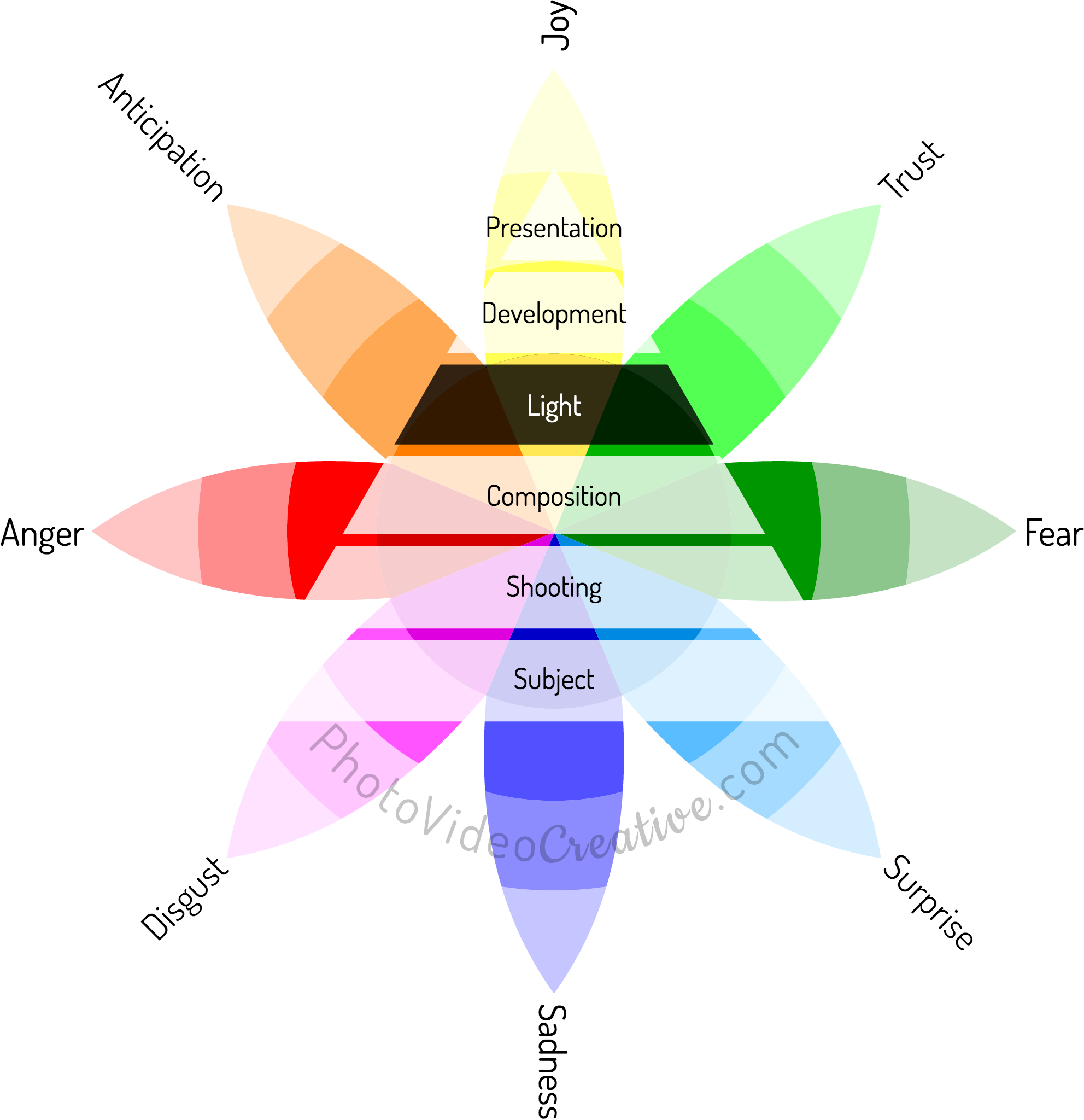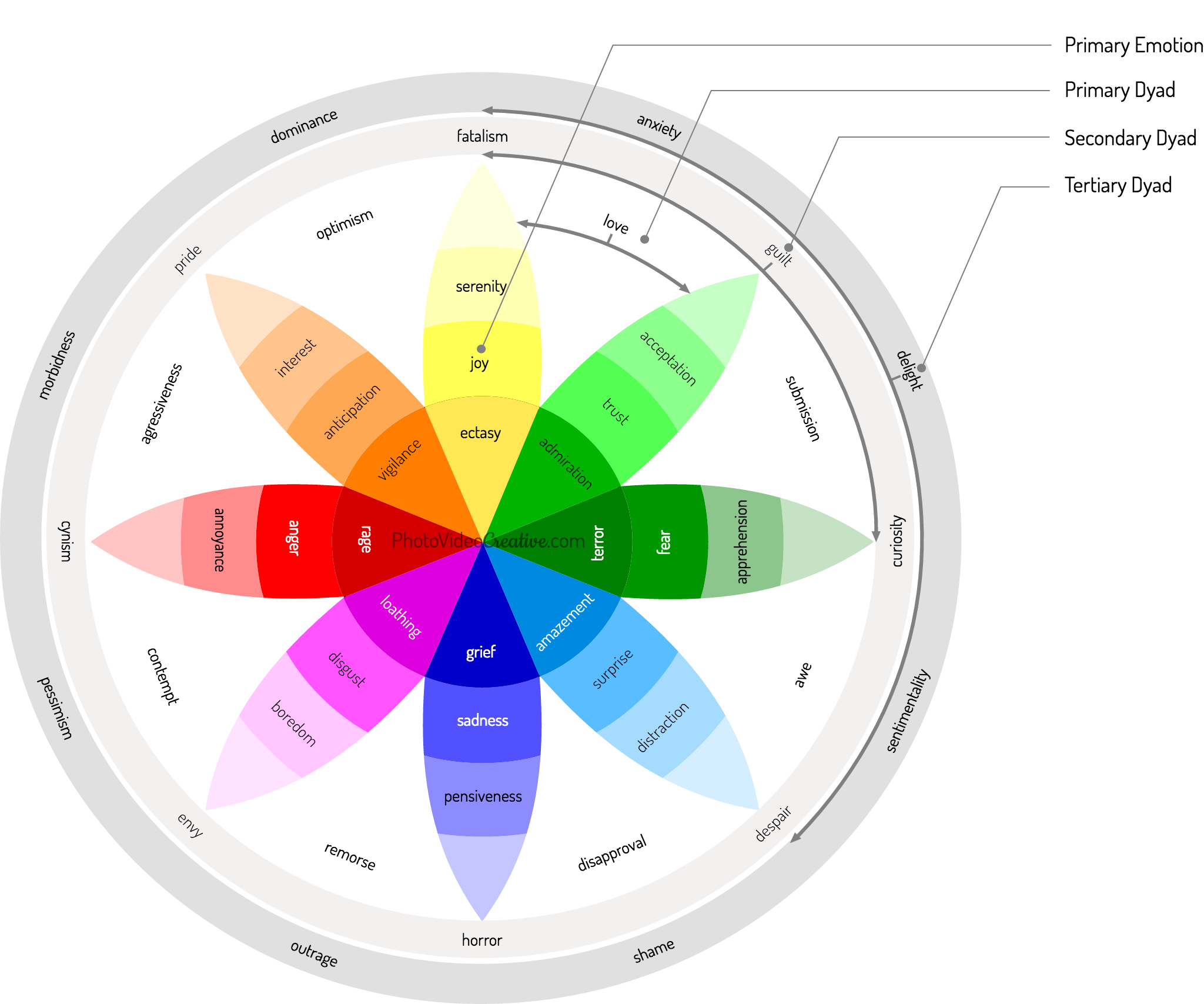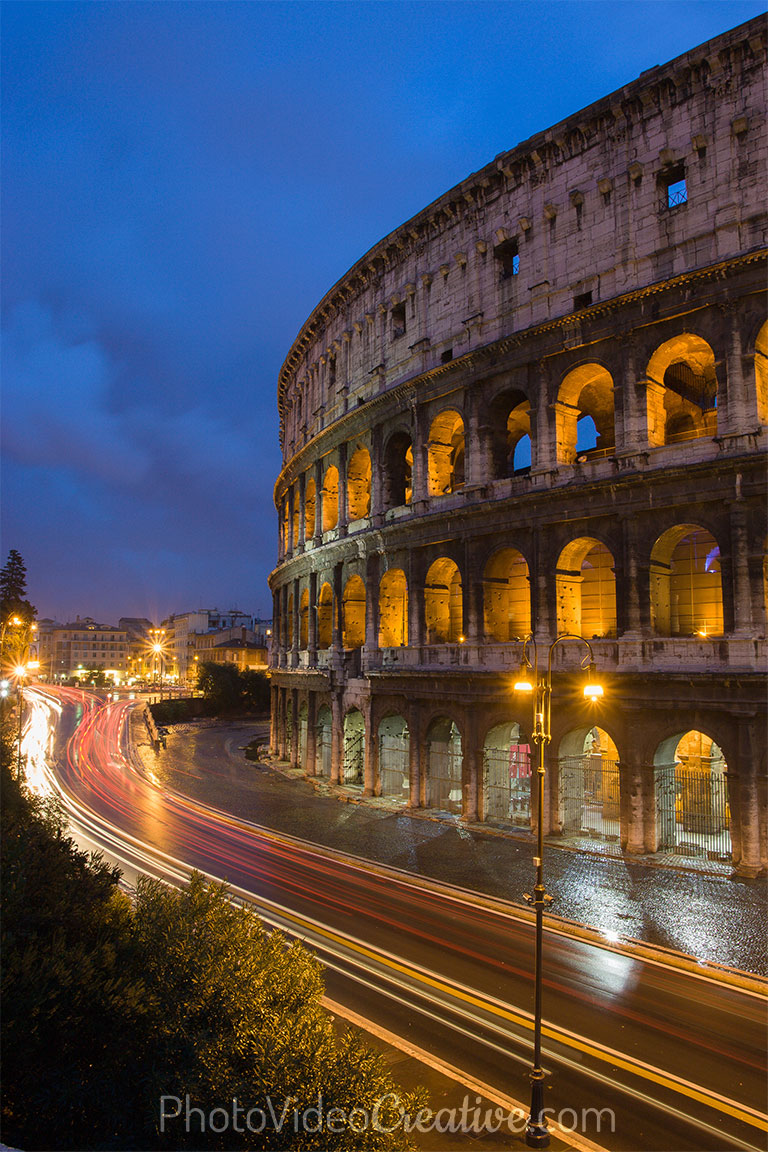Painters have given meaningful adjectives to color palette, and created the notions of warm light and cold light. But it has little to share with actual physics, as it is the cognitive vision of white balance that is at stake. That’s why warm light and cold light can be extremely emotional for your photo.
I will share with you:
- The role of your brain for seeing warm and cold light
- How the white balance makes a warm or cold light
- A quick reminder of the theory of emotions
- What are the emotions related to warm light and cold light
- How to mix warm and cold lights to be even more feelingful
Before We Begin
Succeeding in making remarkable photos means successfully capturing and sharing emotions in your photos. Focused on the theory of emotions, I designed a 6-step method for learning photography first with what you feel. Light is the 4th step to achieve this. Warm light and cold light are one of the six fundamental aspects of light to be known in photography.

Warm Light, Cold Light: The Role of Your Brain
“Ordinary” light is perceived as white, because all colors are present in the luminous radiation. But if some colors are absent from the radiation, then the light will be colored by the addition of its remaining colors.
A warm light is a light that recalls the orange tones of a heat source like the flames of a wood fire. It is a light whose blue colors are attenuated or absent from its radiation, like:
- The natural daylight during the golden hour
- Artificial light from an incandescent bulb, or LED or halogen gas bulb with a color temperature below 3000 K
A cold light is a light that recalls the bluish tones of the ice or snow. It is a light whose red and orange colors are attenuated or absent from its radiation, like:
- Daylight reflected by a cloudless sky: this blue light is observable in the open sky in the shadow of a building for example
- The natural daylight during the blue hour
- The light of a clear night or full moon

But to add to the complexity of this subject, a light does not appear to us warm or cold absolutely. It is actually the interpretation of your brain: the dominant light source will be perceived as white, and the secondary light source will be warm or cold depending on its nature!
For example, when you are at home and looking out the window when night is falling, you’re perceiving that the outside light is blue. Conversely, when you are outside at dusk, the light of the twilight appears neutral and gray but you perceive the light that comes from the house windows as orange or yellow. What your brain does here is called the white balance.
How White Balance Makes Warm or Cold Light in Your Photo
You have to set the white balance either on your camera or your development application to:
- a high enough color temperature against the light source you want warm
- a low enough color temperature against the light source you want cold
Let’s take an example with a scene illuminated by a light source at 3000 K (typically by an incandescent bulb). If you want:
- your photo to look warm, set your white balance above 3000 K. The higher the color temperature, the more orange the light.
- your photo to look cold, set your white balance below 3000 K. The lower the color temperature, the bluer the light.
Let’s now examine the effects of warm light and cold light on your emotions.
A Quick Reminder About The Theory of Emotions
All types of emotions that we feel can be represented on a wheel with 8 primary emotions according to the theory of emotions of Plutchik. These primary emotions come in varying intensities (the most intense are at the center) and combine in 24 other emotions through dyads.

The Emotions of Warm Light
A warm light will evoke you most often the following emotions:
- Joy, trust or anticipation
- Love
- Delight (joy + surprise)
- Optimism (joy + anticipation)

The Emotions of Cold Light
A cold light will evoke you most often the following emotions:
or :
- Pensiveness, or even sadness, fear
- Anxiety (fear + anticipation)

Warm + Cold Lights: It’s Not Lukewarm!
You can compose your photo only with a warm light or a cold light. But it is often more expressive when you can mix the two: you will get a stronger composition based on the color contrast. Indeed, the yellow-orange tones are the complementary colors of the blue tones. So try with a warm dominant light to find a composition adding a cold secondary light. And conversely with a dominant cold light.

Have you ever noticed in your photos the contrast of the warm and cold lights? Was it consistent with the emotions you wanted to convey in your photo? Do you feel ready to use more often a composition mixing warm and cold light? Do you already have an idea of the next topic you could experiment with? Leave me your comment, I will answer with pleasure.
Let’s Go On Together!
Learn how to photograph with my 6-step method to make your photos first with your emotions. An intuitive approach that focus on you and what you are feeling, before considering any tools and techniques!
Then understand why light in photography is indispensable in the expression of your emotions and be inspired by the different aspects of light:
- Direct Light / Diffuse Light: the effects of shadow and contrast on your emotions
- Directional Light: different light positions for different emotions
- Day Lights / Night Lights: the spectrum of lights throughout the day and their associated emotions
- Natural Light / Artificial Lights: the contrast of various color temperatures and emotion stimulations
- Warm Light / Cold Light (this post)
- Single Light / Multiple Lights (soon): introduction of subtlety and complexity with light for your emotions
Do not miss my future posts to better capture and share your emotions in picture: subscribe to my newsletter and get my free eBook!
Do you like what you’ve learned? Share this story with your loved ones!